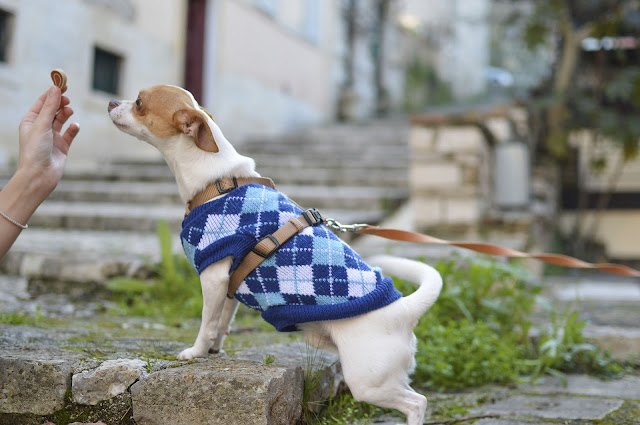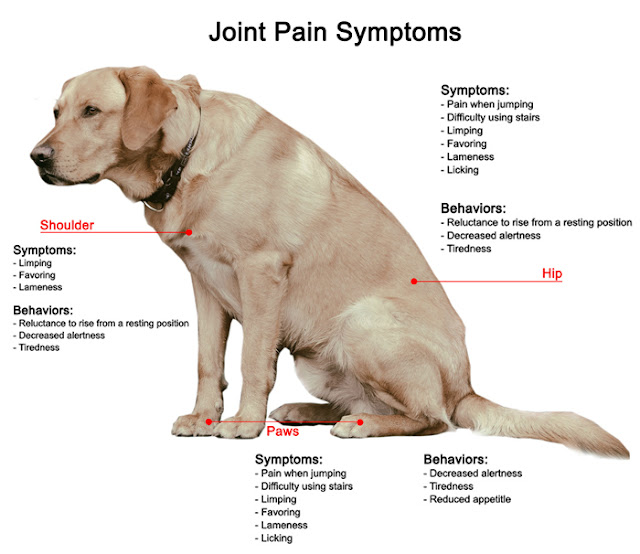Before you got your dog, you probably envisioned strolling a canine would be a superb encounter of long loosening up walks, investigating areas and climbing trails. In those pre-canine dreams, your four-legged companion probably jogged faithfully close by on a chain, following your every order and taking a gander at you adoringly.
Then, at that point, you got your canine and the dream vanished. For what reason does my canine need to pause and pee on everything? For what reason does he need to pause and sniff each piece of sod? It very well may be baffling, however don't hang up the chain!
All things considered, strolling a canine means a lot to their wellbeing and bliss. Strolls keep your canine lithe and flexible and can assist with alleviating issues like blockage, as indicated by PetMD. Standard strolls additionally assist with holding your canine back from acquiring undesirable pounds. Strolling a canine can likewise go quite far toward diminishing or killing damaging way of behaving. Canines who haven't had sufficient activity who feel repressed or have additional energy-can go to digging openings in your yard or biting everything from your shoes to your love seat pads.
More Info:Most Common Dog Health Problems
Strolls with you likewise reinforce your bond with your dog and allow them an opportunity to meet and communicate with others and canines in a controlled climate. Having a canine that is mingled is vital. Mingled canines are regularly more joyful and more amicable than unsocialized canines, who can be restless and unfortunate around new people or creatures.
What's more, we haven't even discussed what strolling a canine means for your wellbeing! A review from Michigan State University and revealed by the New York Times found 60% of canine proprietors who took their pets for standard strolls met the government models for customary moderate or vivacious activity, with close to half of canine walkers getting a normal of 30 minutes of activity daily something like five days per week. In correlation, around 30% of individuals without canines got that much customary activity.
Yet, what is with your little guy's peculiar propensities on your strolls? We should investigate some strange (and irritating!) things canines do on the chain, why they do them, and how you can attempt to lessen the issue.
Canine Peeing while at the same time Walking
Why your canine gets it done: Dogs are regional, and pee is a characteristic way a canine can stamp their domain. It imparts to different canines that they have been there. Checking for the most part starts in adolescence.
What to do: First, counsel your vet. You need to ensure the way that your canine halting to ease himself each 10 feet is, as a matter of fact, connected with checking and not in light of a medical problem like a bladder disease. In the event that it's a conduct issue, you can prepare him to diminish his need to stamp so a lot, yet it very well may be difficult to inspire him to stop it all together. Likewise, canines that poor person been fixed or fixed have a bigger propensity to check an area than those that have.
Moving in the Stink
Why your canine gets it done: When you experience a dead creature, trash, or something else stinky, does your canine stop, drop, and roll? While it's not known precisely why canines have this nauseating propensity, one line of reasoning is that it's a characteristic acquired from wolves. They roll in the fragrance then return it to their pack for additional examination.
What to do: Keep your little guy restricted on strolls (this is a significant hint whether or not they like to move in rottenness or not). Train them to perceive the order "leave it," then compensation with a treat when they comply. Never pull hard on the rope to yank them from the malodorous item to try not to harm your canine.
Pulling on the Leash
Why your canine makes it happen: Because you're moving excessively sluggish! Since you're moving off course! Since he needs to!
What to do: This social issue can be fixed with appropriate preparation. Use treats and encouraging feedback to get your canine to follow your speed all things being equal. Assuming you have a canine that pulls, you can likewise attempt a head or body outfit.. An outfit might assist with getting your canine from pulling far from you while restricted while causing less weight on their neck or spine. Additionally, giving them less leeway on the rope will assist with preparing them to remain nearby you while strolling. The more lead they have, the more they feel that they have authorization to investigate the encompassing region making them pull on the rope.
More Info:Diabetes In Dogs:Tips to Manage Their Diet
Resting and Refusing to Move
Why your canine gets it done: They could be harmed, wiped out, or downright drained.
What to do: Examine your canine. Are their paws scoured crude? Is the concrete excessively hot? Is it safe to say that they are excessively hot? Allow them to rest and give them a beverage. On the off chance that that doesn't work and there's no undeniable indications of injury, cajole your mate home with treats. Remember your canine's capacities and exercise needs prior to leaving. An English bulldog, for example, will probably have entirely different walk assumptions than a Labrador retriever. Never force strolling. On the off chance that they genuinely aren't having it, return and attempt some other time. Driving your dog to walk when he would rather not could prompt injury. In the event that it turns into a persistent issue, counsel your vet to check whether there is a bigger medical problem of which you probably won't know.
Strolling Back and Forth
Why your canine gets it done: A canine's nose is significantly more impressive than yours. You can't sniff every one of the intriguing scents of different creatures and people that he does. He's following aroma trails when he's zigging and zooming before you and likely not in any event, seeing he's stumbling you.
What to do: Teach your canine to stroll at a heel and on a specific side of your body. You can utilize verbal signals and treats to show your canine how to walk pleasantly on a rope. Notwithstanding, a canine completely appreciates sniffing so offering him a chance to do so when you're both agreeable is something pleasant to accomplish for your little guy. Once more, keeping the chain short and near you will assist with decreasing this way of behaving and ideally hold you back from getting entangled.
Gnawing the chain
Why your canine makes it happen: Your canine is soooo energized that you're going for them on a stroll that they need to deliver that energy some place. Unexpectedly your rope turns into a back-and-forth toy.
What to do: Teach your canine to unwind at seeing his rope instead of get excessively invigorated. VetStreet offers a few hints like preparation him against being too rowdy and remunerating him when he sits and remains quite quiet when you break out the rope.
Going on a walk is probably going to be one of the features of your hottest time of the year's. Via preparing your little guy and understanding the reason why your canine does what he does, you can partake in your day to day meanders similarly as. Continuously remember that a walk is similarly as significant and a good time for your canine for what it's worth for you. In this way, while his propensities may be somewhat irritating some of the time, comprehend that it's likewise OK to allow a canine to be a canine... quite possibly not roll in stinky things.
More Info:Dog Joint Health







.png)

.png)
.png)
.png)











